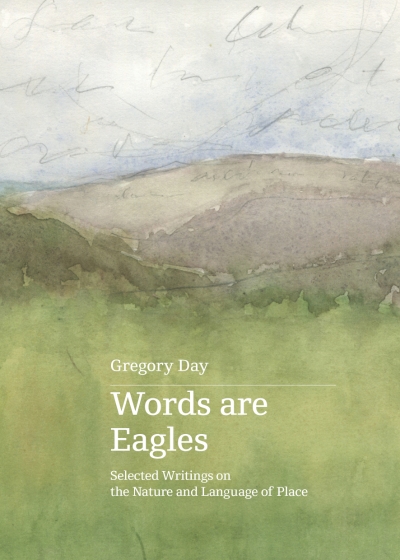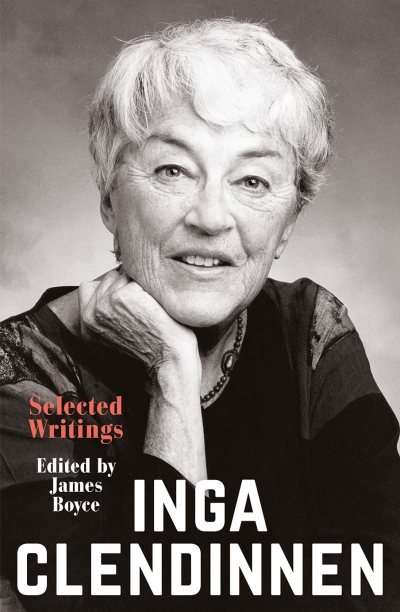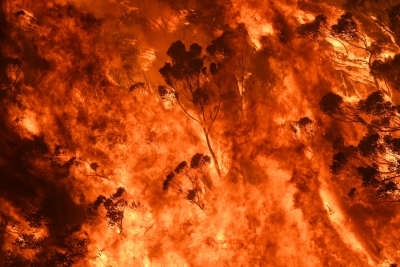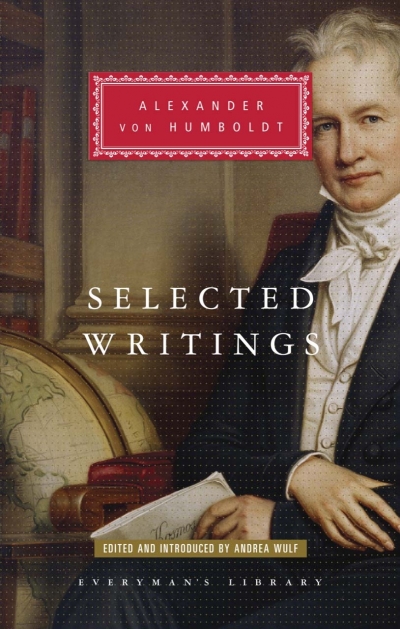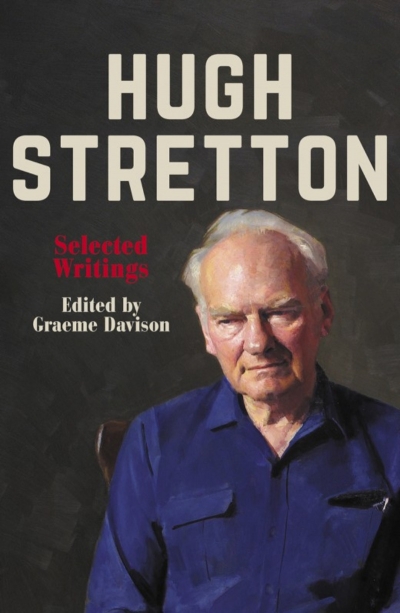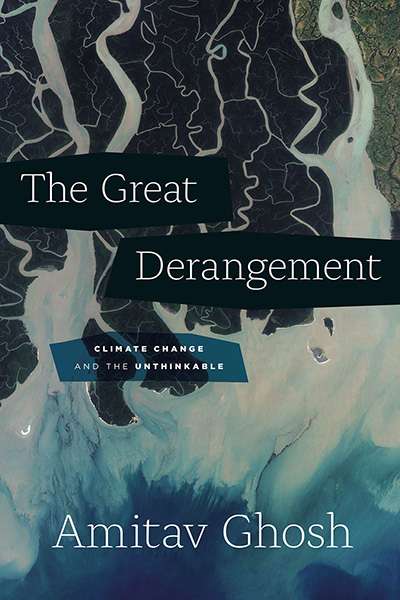Tom Griffiths
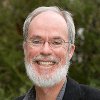
Tom Griffiths is the W.K. Hancock Professor of History at the Australian National University. His prize-winning books include Hunters and Collectors, Forests of Ash and Slicing the Silence: Voyaging to Antarctica. His latest book, The Art of Time Travel: Historians and their Craft, was released by Black Inc. in July 2016.
At the height of summer fire danger, on Friday, 13 February 2004, the ABC launched on its website an online documentary about the most awesome bushfires since the European occupation of Australia. The Black Friday fires of 1939 still represent the ‘worst possible’ conditions in a continent of fire. The website reveals just how deeply Black Friday burned into the national conscience, and how pr ... (read more)
It is wonderful to immerse oneself for days in the precise, elegant, passionate words of historian Inga Clendinnen (1934–2016), as this welcome collection of her writings enables one to do. Clendinnen’s distinctive voice comes through: warm, confidential, witty, and driven by a fierce intelligence. All her major writings are here – essays, articles, lectures, memoirs, and extracts from her b ... (read more)
What do we call this terrifying summer? The special bushfire edition of ABC’s Four Corners predictably called it Black Summer. Perhaps the name will stick, for it builds on a vernacular tradition. Firestorms are always given names, generally after the day of the week they struck. There are enough ‘Black’ days in modern Australian history to fill up a week several times over – Black Sundays ... (read more)
It can be revelatory to read the original words of a famous writer and thus meet them on the page. Alexander von Humboldt (1769–1859) has been so much quoted and written about that it might be rare even for his admirers to be exposed to his original prose at length and in context. It is a rewarding experience, especially when the writer cared so much for the ‘melody’ of his sentences. Humbol ... (read more)
This is a deeply rewarding and timely book. Hugh Stretton (1924–2015) was one of Australia’s finest public intellectuals, a historian, ABC Boyer Lecturer, and social democrat with a steely mind and a calm, clear voice of wisdom. Stretton spent thirty years arguing thoughtfully against neoliberalism, a critique he developed at the beginnings of the ideological lurch to the right in the 1980s. P ... (read more)
The planet is alive, says Indian novelist Amitav Ghosh, and only for the last three centuries have we forgotten that. This is because humans are suffering from ‘The Great Derangement’, a disturbing condition which this book analyses with wisdom and grace. Ghosh foresees that future citizens of a world transformed by climate change will look back at our time and perceive that ‘most forms of a ... (read more)
This is an important and timely book – another gift to public understanding by Australian scientist and author Tim Flannery. Ten years ago he wrote The Weather Makers (2005), one of a handful of books which, together with Al Gore’s film An Inconvenient Truth (2006), brought the climate crisis to a world audience. Now in Atmosphere of Hope, Flannery assesses what we have learned in the decade s ... (read more)
I am a ‘Sputnik’, born in the year the Soviet satellite launched the Cold War into space. The launching by the Russians of the first artificial Earth satellite on 4 October 1957 seemed to many in the West a threatening symbol of escalating superpower rivalry. And it did unleash extreme military anxiety and triggered what became known as the Space Race. Twelve years later, in the mid-winter of ... (read more)
Thirty years ago, I walked out of the railway station at Le Puy in the Auvergne region of the Massif Central of France, put most of my belongings in a locker at the station along with a note in schoolboy French explaining that I hoped to be back, and then walked over the horizon at sunset. I was embarked on my discovery of the Velay and the Gévaudan.
... (read more)

